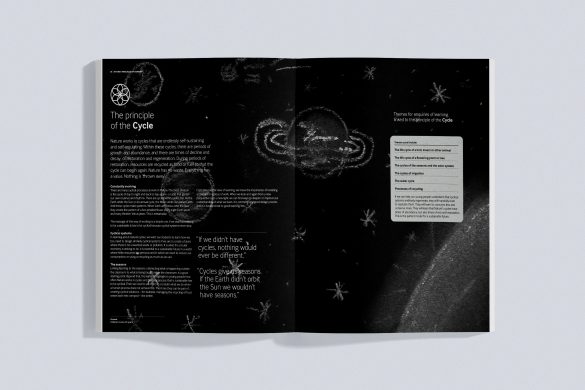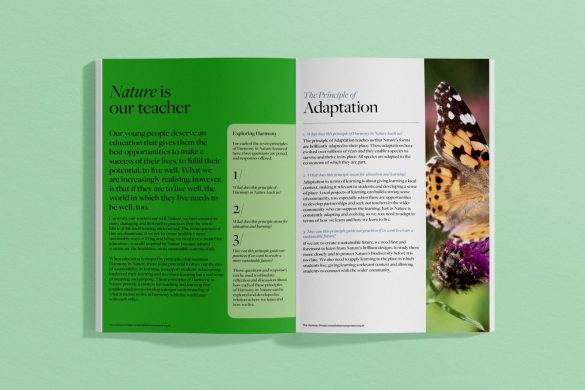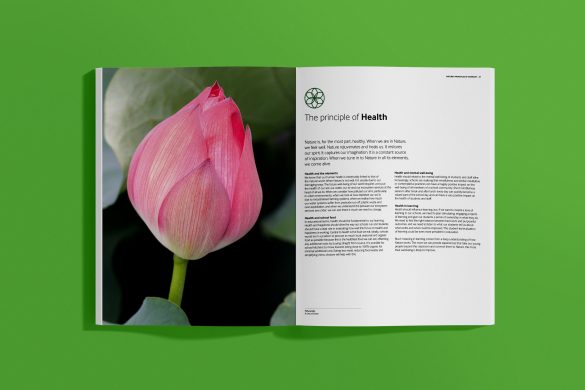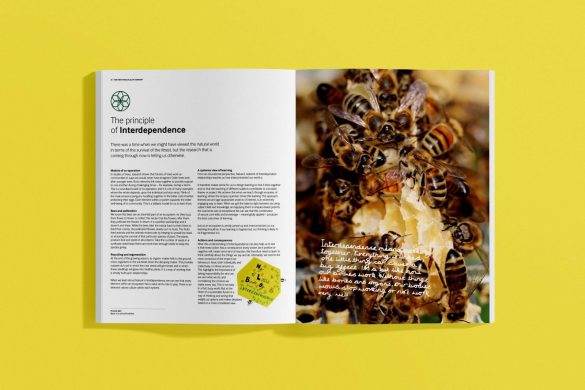What can we learn from the principle of the Cycle?

How the principle of the Cycle can be applied to learning
Nature works in cycles that are endlessly self-sustaining and self-regulating. Within these cycles, there are times of growth and abundance, and there are times of decline and decay, of regeneration. During periods of restoration, resources are recycled as food or fuel so that the cycle can begin again. Nature has no waste. Everything has a value. Nothing in ‘thrown away’.

Where do we see examples of the principle of the Cycle in Nature?
There are many cyclical processes at work in the natural world. The most obvious is the cycle of day to night and back to day again – a cycle that guides our own routines and rhythms. There are cycles within cycles, too. As the Earth orbits the Sun on its annual cycle, the Moon orbits our planet, Earth. And the cycles within our solar system make patterns. When Earth and Venus orbit the Sun, they create the outline of a five-petalled flower every eight Earth years and every thirteen Venus years. This is remarkable.
The message of this way of working is a simple one. If we want something to be sustainable, it has to be cyclical because cyclical systems never stop.
How can the principle of the Cycle be applied to learning?
In learning about natural cycles, we want our students to learn how we, too, need to design similarly cyclical systems if we are to create a future where there is no unwanted waste or pollution. It is what the circular economy is striving to do. It is essential to a sustainable future in a world where finite resources are precious and in which we need to reduce our consumption, re-using or recycling as much as we can.
Linking learning to the seasons, connecting what is happening outside the classroom to what is being taught inside the classroom, is a good starting point. Beyond that, the key is to highlight to young people how often Nature works in cycles and that any process that is sustainable has to be cyclical. Then we need to ask them to consider what we do when a human process does not achieve this. The more they can be part of creating cyclical solutions – for example, managing the recycling of food waste back into compost – the better.
From the point of view of learning, we know the importance of revisiting a concept or a piece of work. When we look at it again from a new perspective or in a new light, we can find ways to deepen or improve our understanding of what we learn. It is central to any good design process and it is fundamental to good learning, too.
How does the principle of the Cycle relate to sustainability?
If we can help our young people understand that cyclical systems endlessly regenerate, they will hopefully learn to replicate them. They will learn to consume less and conserve more. They will learn that Nature’s cycles have times of abundance, but also times of rest and restoration. This is the perfect model for a sustainable future.
Themes for enquiries of learning linked to the principle of the Cycle could include:
- The life cycle of a bird, insect or other animal
- The life cycle of a flowering plant or tree
- The cycles of the seasons and the solar system
- The cycles of migration
- The water cycle
- Processes of recycling
Find out more about how this principle of Harmony can inspire ideas for enquiry-based teaching and learning and inform medium-term planning.




